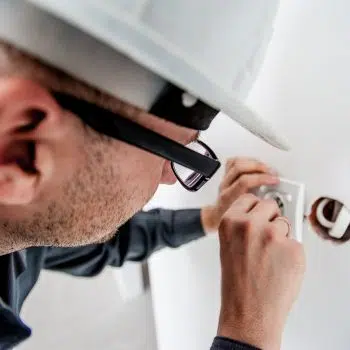Whilst it is the Principal Contractor who is responsible for subcontracting at work, it is also the responsibility of the PCBU to have copies and evidence that the Subcontractors have the relevant policies just like the Principal Contractor.
It is important not to assume that the contractor will follow the correct procedures even if they specialise in that particular work. It is your responsibility to create a safe working environment and hence need to ensure they have a safe system of work in place.
What to do if a Contractor does not follow a Safe Work Procedure?
If you discover a contractor is not following their Safe Work Procedure it is important you request work to stop immediately.
This will need to be resolved and the policy will need to be followed. If the contractor continues to not follow the procedure contact the employer immediately as to reinforce the Safe Work Procedure to the contractor.
Concurrent Liability
If an incident occurs with either a Principal Contractor or Subcontractor a PCBU could find themselves with Concurrent liability. This liability involves two or more parties that are independently liable for the same incident. A PCBU can be liable if they can influence or control the safety regarding different activities and do not take action to minimise or eliminate those risks.
It is important to have a plan in place to minimise the risk of this happening. CHD Partners offers a checklist “Managing Contractors at your Worksite” to ensure our clients are covered in the case of an incident. By following this checklist, a PCBU can be reassured they have done everything in their power to create a safe work environment.
Site Inductions for Contractors
All persons conducting work on-site must be site inducted. This includes Principal Contractors and Subcontractors. By doing so the contractors do not create a risk for themselves and know the dangers which could exist around the site.
Your site induction should include things such as:
- Site entry, access and amenities
- Policies and their locations
- Safety procedures they are required to complete
- Emergency evacuation procedures.
By covering all aspects listed above a PCBU can be reassured the contractors know the site and exactly what to do in the event of an emergency.
Minimising the Risk of Contractors being Deemed Workers
A PCBU needs to understand the line between contractors and their workers. To ensure contractors are not deemed workers a PBCU needs to check they have their own:
Workers Compensation coverage for their workers.
Paid all workers’ Compensation premiums associated with the particular work.
The same applies to Subcontractors, you need to ensure they have their own:
- A signed statement, provided by the contractor
- Certificate of Currency from an insurer that states the insurance is valid
- That they are classified in the correct industry
- That they have declared an appropriate amount of wages for their insurance cover
